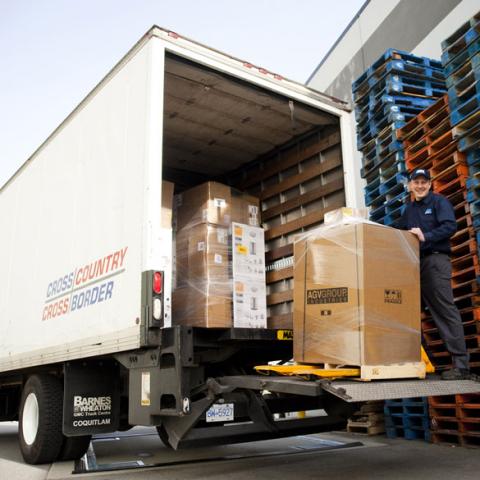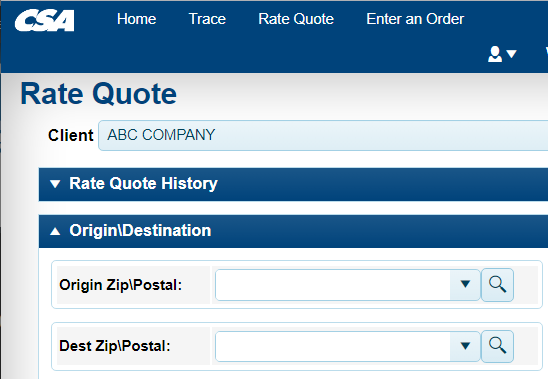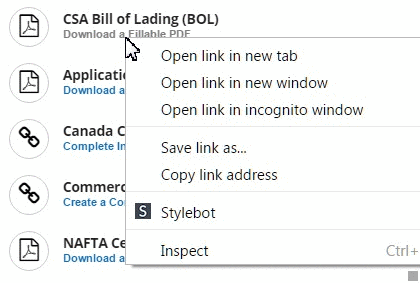Get the Most From Your Insurance
In any industry, the occasional accident happens, and the shipping industry is no different. Merchandise can get damaged or stolen in transit, which it's why it's so important to be insured, and to know how to file claims if your shipment becomes unusable or unsalable.
After you've selected your cargo insurance policy, it's very important to cover all of your bases when it comes to your insurance and your shipment. Here are four crucial steps to getting the most out of your insurance policy in case of the worst-case scenario.
1. Know your policy.
Before you ship, make sure your insurance will cover the full replacement value of your merchandise. Some policies may only cover certain situations-- for example, one policy may exclusively deal with damage from vandalism, another may only cover your goods while they are in a warehouse, and so on. Talk to your shipper or LTL freight company and make sure you understand exactly who is responsible if your merchandise is damaged in transit, and what situations might require private cargo insurance through a major insurer or specialty cargo-insurance provider.
2. Pack well.
If your goods are damaged, part of that is on you. Insurers will examine whether you packed the merchandise securely, so make sure you work with your Pallet Shipping or LTL transportation group to learn the best packing methods and materials for your goods. Don’t leave a loophole where insurers could claim you’re at fault.
3. Document what you ship.
This goes for every shipment you send out. Take a picture of the shipment as it leaves your company’s warehouse, and make sure the pallet number and a date-and-time stamp showing. This hard evidence that goods are properly packed and departed the company’s facility intact is crucial to your cargo insurance claim.
4. Take photographs where problems occur.
If loss or damage occurs in transit, have drivers and others on the scene take photographs at the site of what’s occurred. If you move a damaged shipment without documentation, you won’t be able to prove where the damage occurred. Or, if you only find the damage after accepting delivery and opening crates, notify your insurer immediately upon discovery of the problem. This is known as “concealed loss.”





